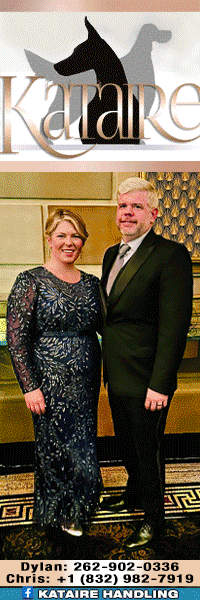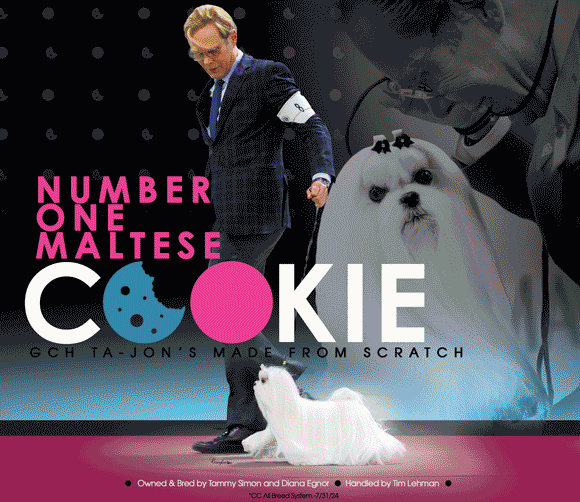Revised Breed Standards: Preserving Tradition or Adapting to Trends?
 Recently, there have been numerous revisions to Breed Standards, many of which are intended to clarify existing guidelines. However, these updates may also introduce new disqualifications (DQs) that could have significant consequences for dogs in the show ring. Altering a breed standard is a serious matter, as it can impact the eligibility of dogs for conformation events.
Recently, there have been numerous revisions to Breed Standards, many of which are intended to clarify existing guidelines. However, these updates may also introduce new disqualifications (DQs) that could have significant consequences for dogs in the show ring. Altering a breed standard is a serious matter, as it can impact the eligibility of dogs for conformation events.
The addition of a disqualification means that some dogs, even those with titles, could become ineligible to compete. For example, colors previously not addressed in the standard or suggested height and weight limits may now become grounds for disqualification. This could mean that a dog who once earned a title may no longer be eligible to compete, or worse, may be disqualified from future events. Even if a revision doesn’t involve a disqualification, it can still affect a dog’s standing, as what was once a minor fault could now be considered a serious one, or even a disqualification.
One of the most important questions to ask when these changes are proposed is whether it will impact the dog’s future in breeding. If a dog is now considered faulty under the revised standard, it may no longer be considered suitable for breeding, which can affect the breed’s gene pool. The 19th-century ban on cropping in England is a prime example of how a single change in the standard can have long-lasting effects, removing top dogs not only from the show ring but also from breeding programs, with some breeds struggling to recover.
In recent years, the changes to the Siberian Husky and Great Dane breed standards illustrate this point. The Siberian Husky has added merle as a disqualifying color, while the Great Dane has now included merle in its standard. This raises the question: Why? Do Siberian Huskies with the merle gene carry specific health risks that justify the disqualification? Are there any health concerns associated with merle in Great Danes?
It’s worth noting that some breeds have had the same standard for decades. The Pointer was recognized by the AKC in 1878, with the current standard approved in 1975—and it has remained unchanged since then. The Irish Terrier was recognized in 1885 with the most recent revision in 1968. English Foxhounds were recognized in 1909 with the standard unchanged since 1935. These breeds have continued to win at shows and have remained remarkably consistent in appearance, true to the type depicted in historic photos and artwork.
So, why do some breeds that have endured for over a century without major changes suddenly require revisions and added disqualifications? If health is a primary concern, then the revisions make sense. But are breed clubs also revising standards to align with current trends in their breed, or is it because breeders are finding it difficult to adhere to the existing standard? Should the breed standard be adjusted to accommodate evolving trends and breeding practices, or should the dog always be expected to conform to the original standard? This remains a key question in the ongoing debate over breed standards and their role in preserving the integrity of the breeds.
Short URL: https://caninechronicle.com/?p=312633
Comments are closed












